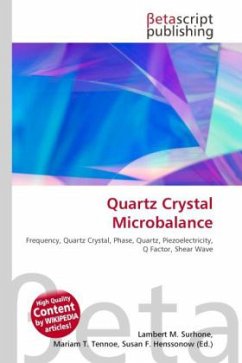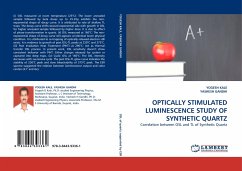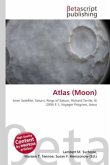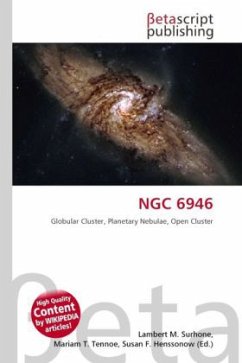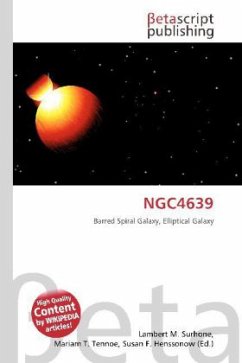High Quality Content by WIKIPEDIA articles! A quartz crystal microbalance (QCM) measures a mass per unit area by measuring the change in frequency of a quartz crystal resonator. The resonance is disturbed by the addition or removal of a small mass due to oxide growth/decay or film deposition at the surface of the acoustic resonator. The QCM can be used under vacuum, in gas phase ("gas sensor", first use described by King) and more recently in liquid environments. It is useful for monitoring the rate of deposition in thin film deposition systems under vacuum. In liquid, it is highly effective at determining the affinity of molecules (proteins, in particular) to surfaces functionalized with recognition sites. Larger entities such as viruses or polymers are investigated, as well. QCM has also been used to investigate interactions between biomolecules. Frequency measurements are easily made to high precision (discussed below); hence, it is easy to measure mass densities down to a level of below 1 g/cm2.
Bitte wählen Sie Ihr Anliegen aus.
Rechnungen
Retourenschein anfordern
Bestellstatus
Storno

